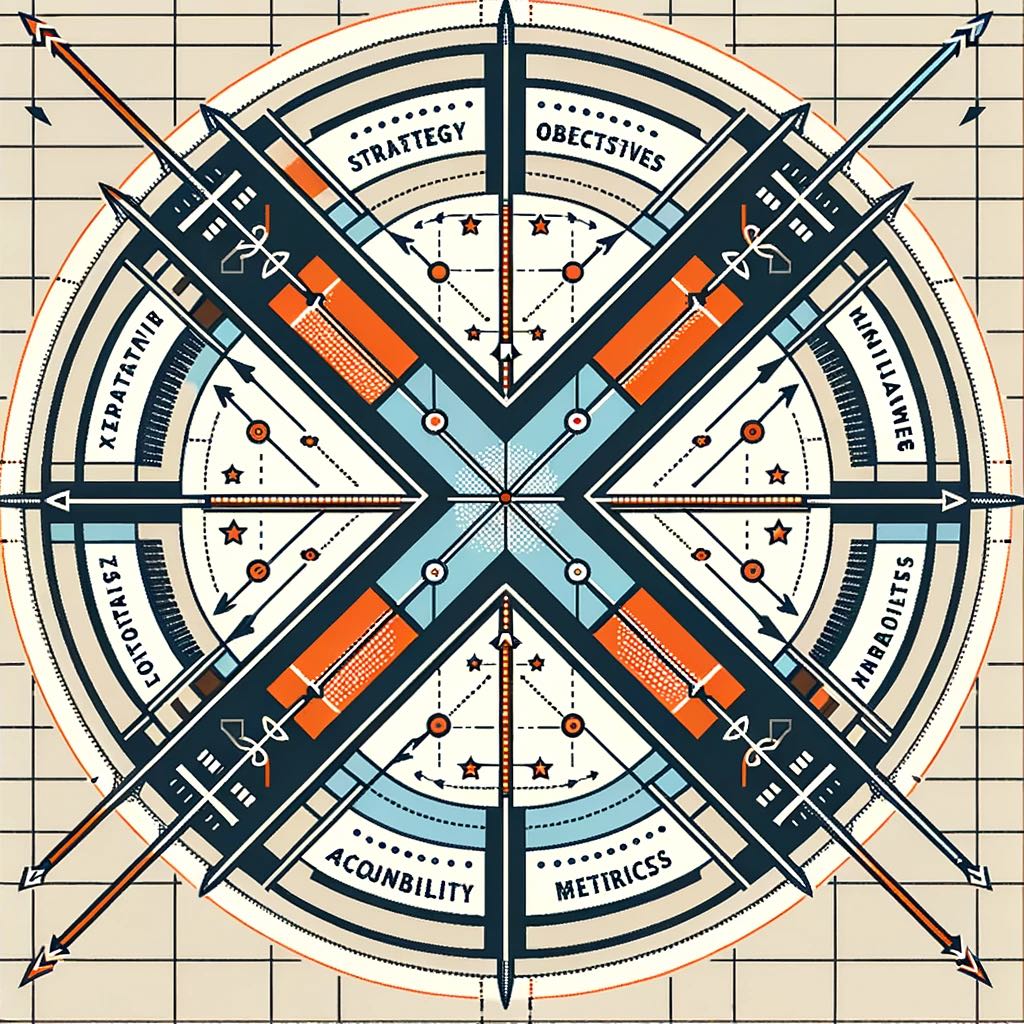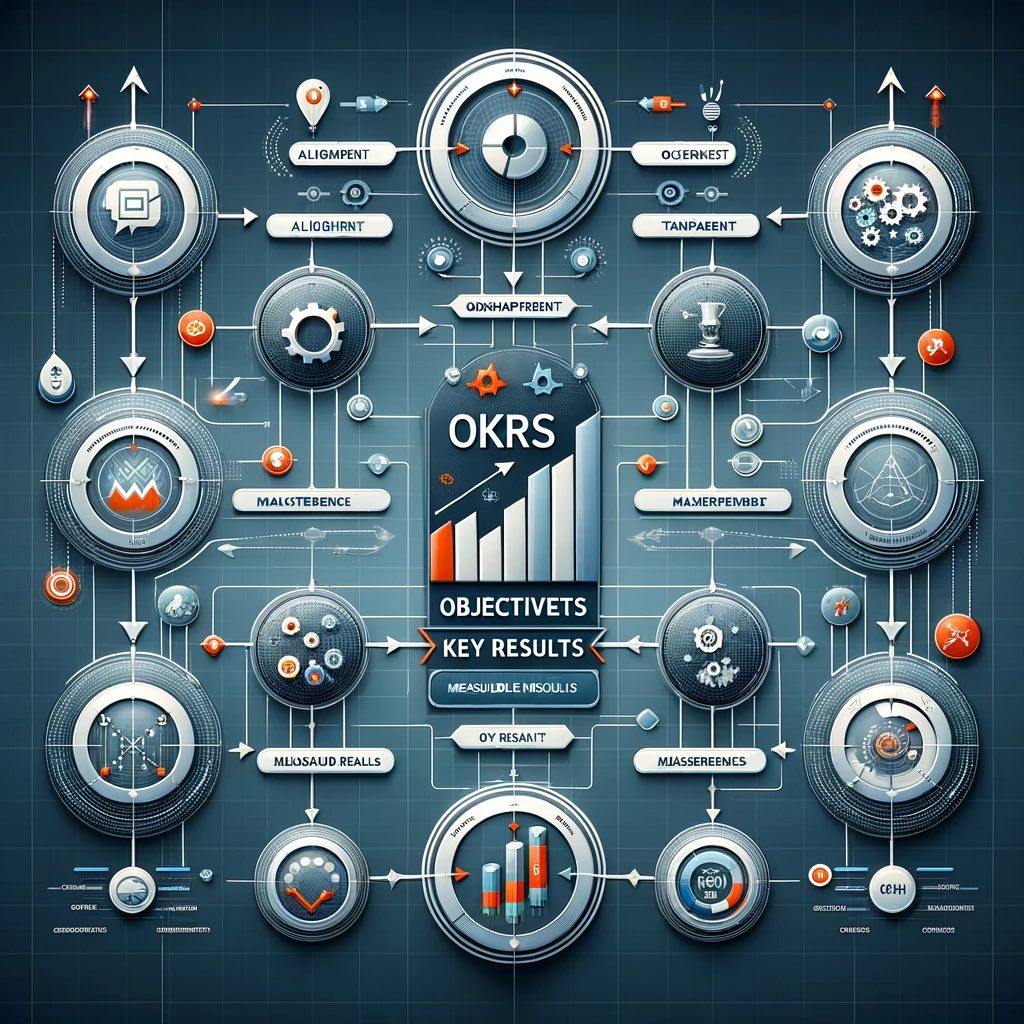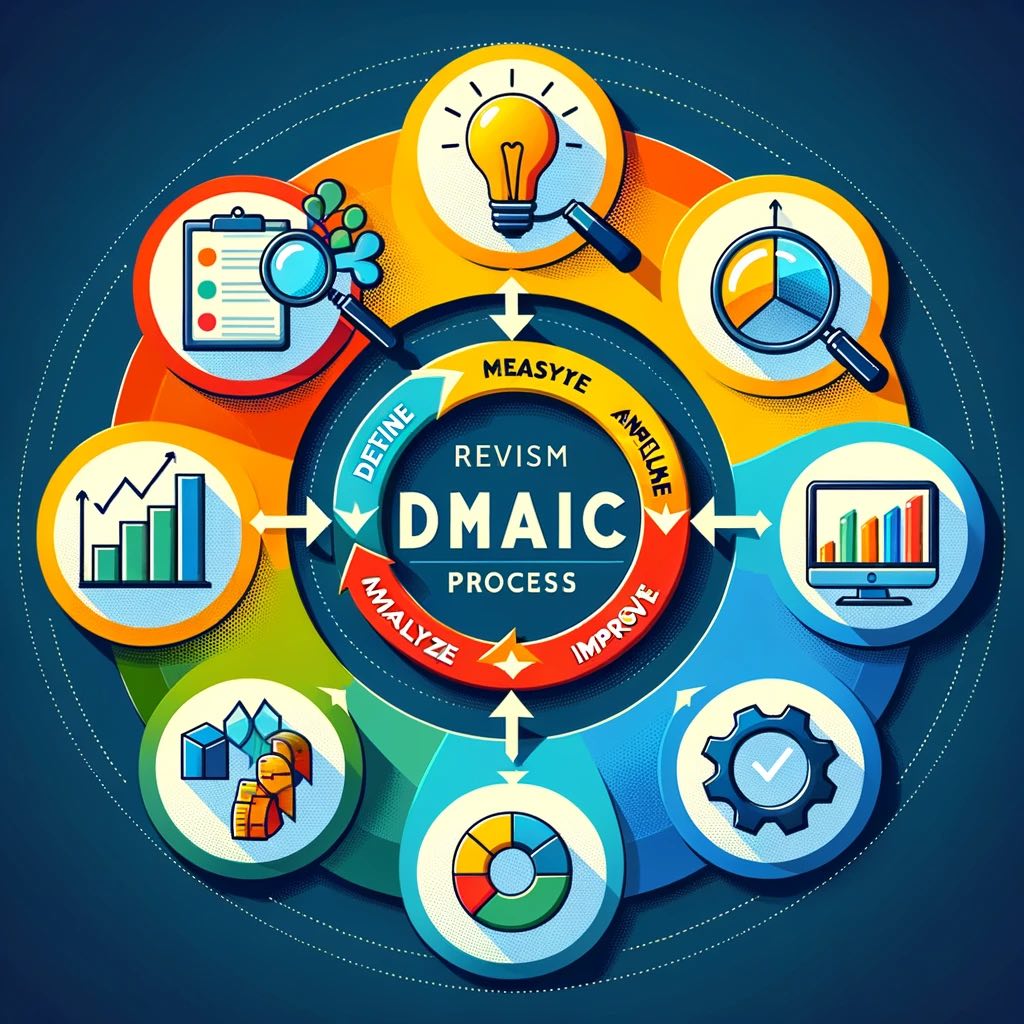
Management by Objectives (MBO) is a strategic management model that aims to improve the performance of an organization by clearly defining objectives agreed to by both management and employees. Developed by Peter Drucker in the 1950s, MBO focuses on setting and achieving measurable goals aligned with the overall objectives of the organization.
Key Elements of MBO:
- Goal Setting: Goals are set collaboratively by managers and employees, ensuring that objectives are realistic and achievable, yet challenging.
- Specific Objectives: The objectives set under MBO are specific, clear, and measurable, which helps in evaluating performance against these objectives.
- Organizational Alignment: Objectives are aligned with the organization’s vision and strategic goals, ensuring that every individual’s efforts contribute to the larger organizational aims.
- Periodic Review and Feedback: Regular reviews and feedback sessions are a crucial part of MBO, allowing for adjustments in objectives and realignment of efforts as necessary.
- Performance Evaluation: At the end of the MBO cycle, performance is evaluated based on the achievement of the set objectives.
Application in Management Consulting:
- Performance Improvement: MBO can be used to enhance individual and team performance by aligning their goals with organizational objectives.
- Strategic Planning: It aids in the implementation of strategic plans by breaking down strategic objectives into actionable individual goals.
- Employee Engagement: The collaborative nature of goal setting in MBO can lead to increased employee engagement and motivation.
Similar Tools and Methodologies:
- OKRs (Objectives and Key Results): Similar to MBO, OKRs also focus on setting and achieving goals. However, OKRs often encourage setting more ambitious goals and involve a higher level of transparency and alignment across the organization.
- Balanced Scorecard: While MBO focuses on objectives and performance evaluation, the Balanced Scorecard adds more dimensions by including financial, customer, internal process, and learning and growth perspectives.
- KPIs (Key Performance Indicators): These are specific metrics used to measure performance. While KPIs are often a part of MBO, they are more focused on measurement and less on collaborative goal setting.
- Hoshin Kanri (Policy Deployment): A more holistic approach to aligning the organization’s strategic objectives with specific improvement projects and operational activities.
MBO provides a structured approach to goal setting and performance management, making it particularly valuable in contexts where clear objectives and measurable outcomes are essential. It emphasizes the importance of joint planning and goal setting, which can enhance employee motivation and engagement.










